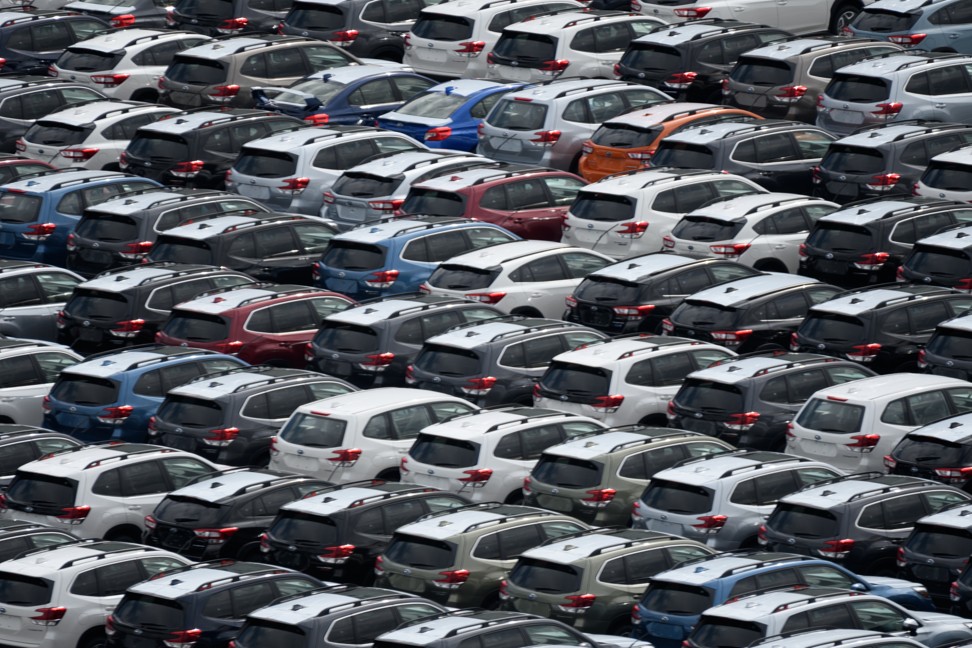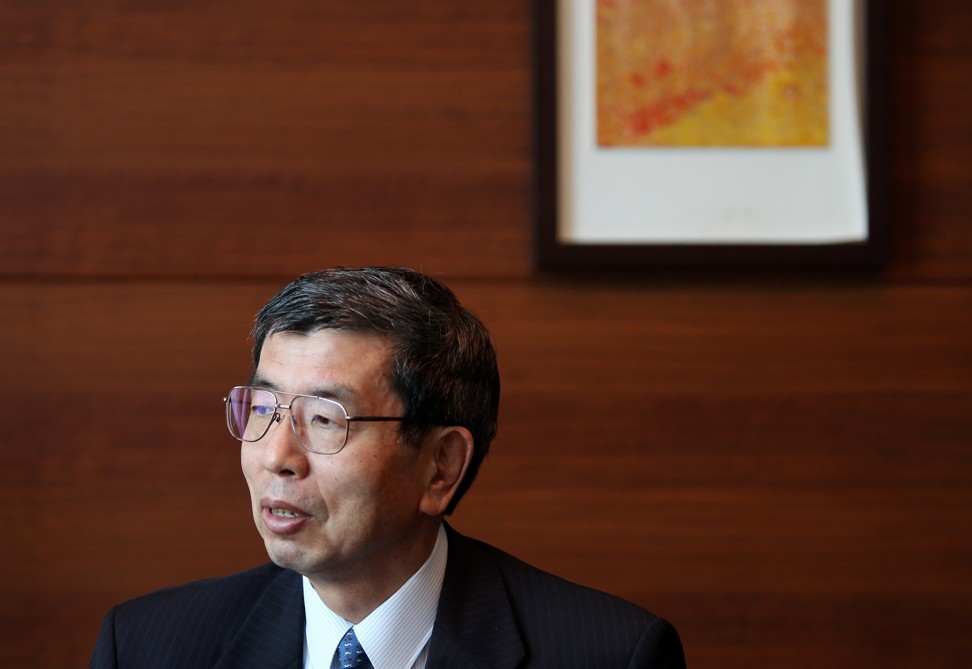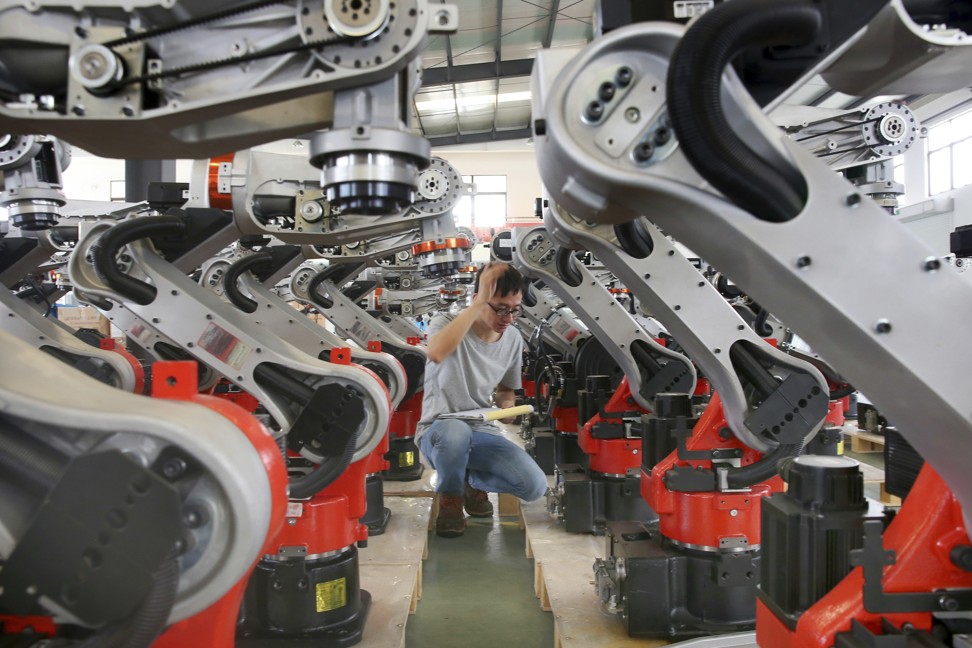
Asia’s growth miracle? There wasn’t one – just a lot of hard work, say authors of a new history of region’s development
- The transformation of Asia from a mainly poor region to an economic powerhouse since the 1960s is the subject of Asia’s Journey to Prosperity
- Published by the Asian Development Bank, it questions many of the assumptions about past growth, and underscores the many challenges Asia still faces

Asia’s Journey to Prosperity, edited by Takehiko Nakao, Asian Development Bank, 4/5 stars
The secret behind Asia’s transformation in the past half-century from a mainly poor and underdeveloped region into a global economic powerhouse is that there is no secret, economists argue in a new book.
The term “East Asian miracle” – used to describe the huge economic growth of Japan, South Korea, Taiwan, Hong Kong, Singapore, Thailand, Malaysia and Indonesia – is probably overblown, there is no such thing as an “Asian consensus”, and the belief that the 21st century will be “Asia’s century” is also questionable, the authors say.
This analysis forms the basis of Asia’s Journey to Prosperity, to be published by the Asian Development Bank (ADB) in January. It also suggests that it will take time for Asia “to become as influential as the West has been for the past five centuries”.

The work is the product of economists at the ADB, led by its outgoing president, Takehiko Nakao, who says the book represents his “passion to write Asian development history in a balanced and comprehensive manner, in English, by economists from Asia”.
Far from dismissing Asia’s economic achievements over the past five or six decades, the book argues that its growth has been beyond anyone’s expectation. However, Nakao believes that it can be explained by standard economic theories – not miracles.
Many Asian countries have taken a pragmatic approach to applying these policies. They liberalised imports (lifting barriers on trade between countries), opened up foreign direct investment, and reduced government power in financial sectors.
Asia has pulled itself up by its own bootstraps, the book’s authors argue, by learning from the successes and failures of others, rejecting what does not work and building on what does; by being open to trade with other countries; adopting new technologies; moving from agriculture to manufacturing and services; and building infrastructure and institutions.
Yet there is no room for complacency, Nakao warns. There remain many challenges, including poverty, the gender gap and environmental issues.

Asia must continue to strengthen its institutions, contribute to the development of science and technology, and take on more responsibility for global issues, he argues.
The volume steers away from politics in its analysis, but some may feel that China – currently going head to head with the US on trade and technology issues – could learn something from Nakao’s advice in favour of caution.
Those who know little about Asia will learn much from this book.
For example, Asia produced two-thirds of global gross domestic product (GDP) – the value of the goods and services a country creates – from the beginning of recorded history until the early 19th century. Chinese and Arab merchants laid the foundations of East-West trade, and scientific progress flourished in parts of Asia while Europe was being repressed by religion.

This all changed after the Industrial Revolution that began in Britain, and when growth accelerated in western Europe and North America. Except for Japan, which pursued Western-style modernisation in the late 19th century, Asian economies then slowed as a result of isolationism, colonisation, weak institutions, outdated education systems, domestic conflict and wars.
As recently as 1966, when the ADB was set up, the Asia-Pacific region was poor, and developing Asia’s per capita GDP was just US$330 (in 2010 US dollar terms). By 2018, this had soared to US$4,903, while global per capita GDP tripled over the same period. As a result, developing Asia’s share of global GDP jumped from 4 to 24 per cent. When Japan, Australia, and New Zealand are included, it increased from 13 to 34 per cent.
There were many twists and turns on the road to relative prosperity, and the book says the roles of economic markets and the state were shaped by changes in development thinking.
After the second world war, state-led industrialisation and “import substitution” (rejecting imports in favour of locally made goods) dominated development policy. Nationalist and socialist ideologies also had huge influence. These led to inefficiencies and even crises in many countries.
Japan had a tradition of a strong private sector dating back to premodern times, but after the Meiji Restoration in 1868 (which ended a period of control by a military government and gave power back to the Meiji imperial family), government policies focused on establishing modern institutions and education.

From the 1960s, South Korea, Hong Kong, Singapore and Taiwan shifted to export-promotion and market-friendly policies, growing into what became known as newly industrialised economies (NIEs). In the 1970s, Indonesia, Malaysia and Thailand opened up to trade and foreign direct investment. They, too, became “high-performing Asian economies”.
This pattern of development was referred to as the “flying geese” model. Today, however, Asian economic relations are more in the form of networks than the flying geese formation.
From the late 1970s, more Asian economies embarked on far-reaching market-oriented reforms and opened to the outside world. After three decades of central planning that led to widespread shortages, China began “reform and opening up” in 1978, enabling decades years of rapid economic growth.
South Asia also joined the wave of economic reforms. India started reforms in 1991 to reduce government control, rely more on market forces and open up trade and foreign direct investment, and the reforms were followed by growth acceleration. From the early 1990s, Central Asian countries also started the move towards becoming market economies.
Development, the book concludes, “requires efficient markets, an effective state and strong institutions. Markets, prices and competition are critical for the efficient allocation of resources and creation of entrepreneurial incentives. The state is needed to establish strong institutions, intervene where markets fail to work efficiently and promote social equity.”
That probably comes as close as anything to summing up the elusive Asian consensus.